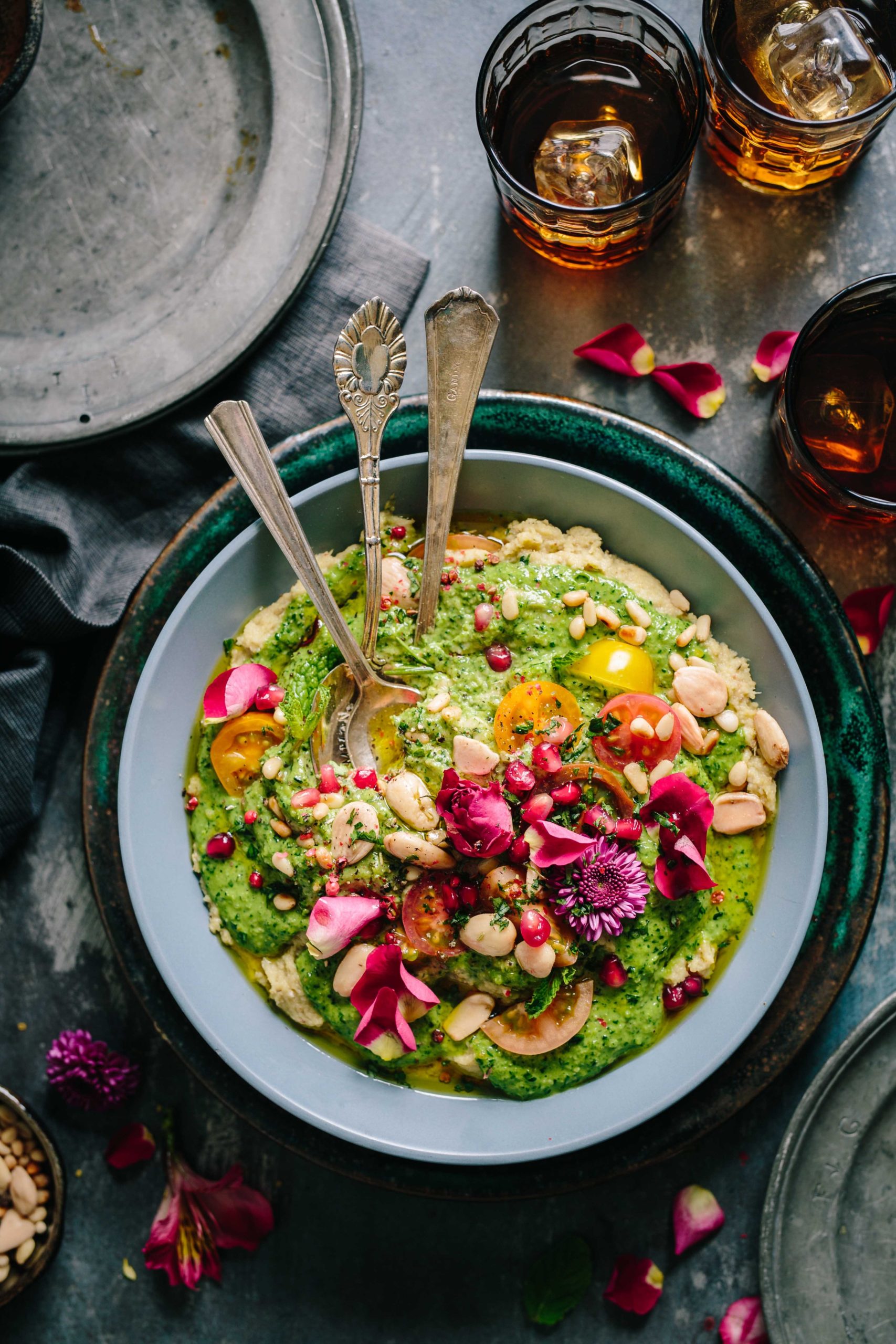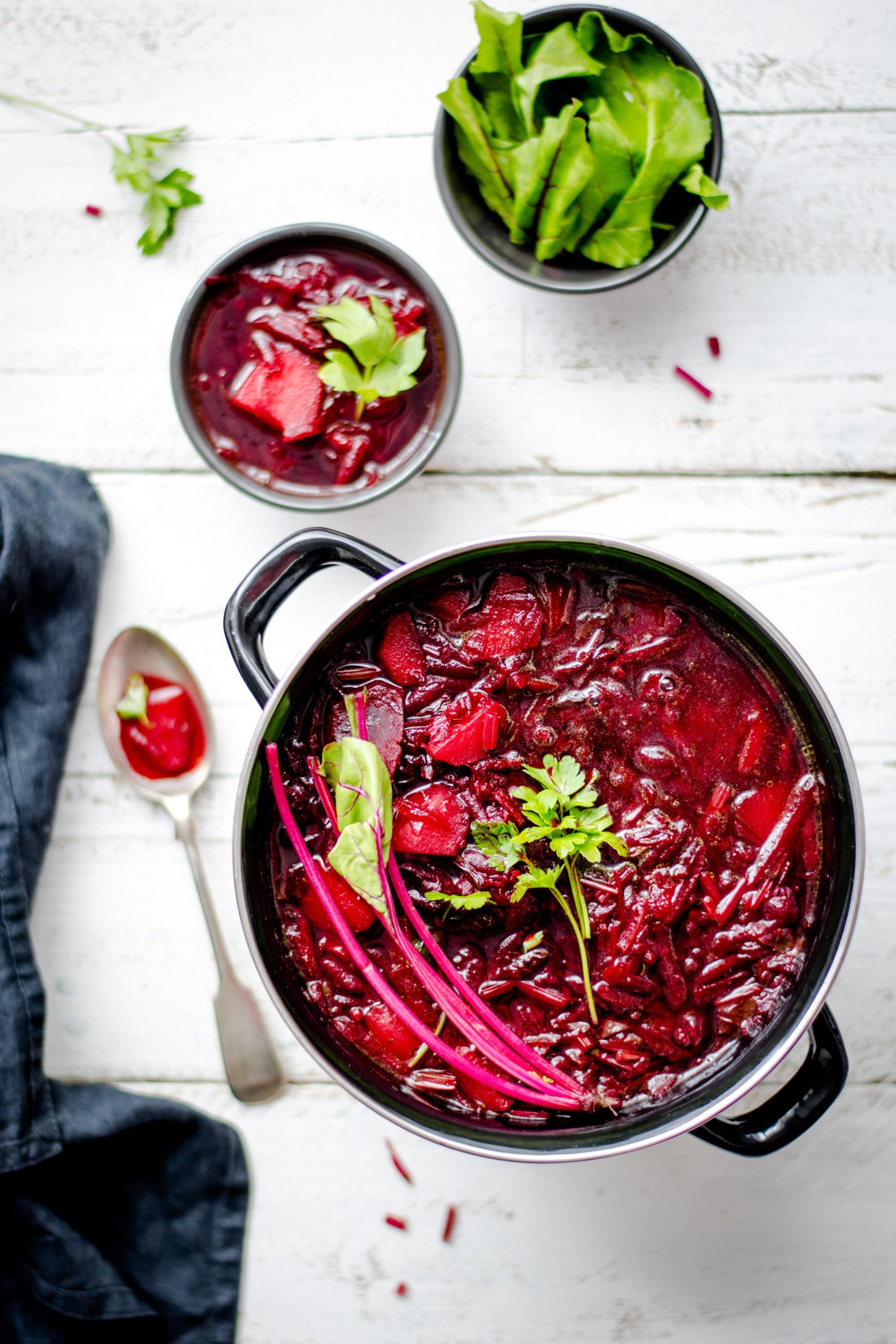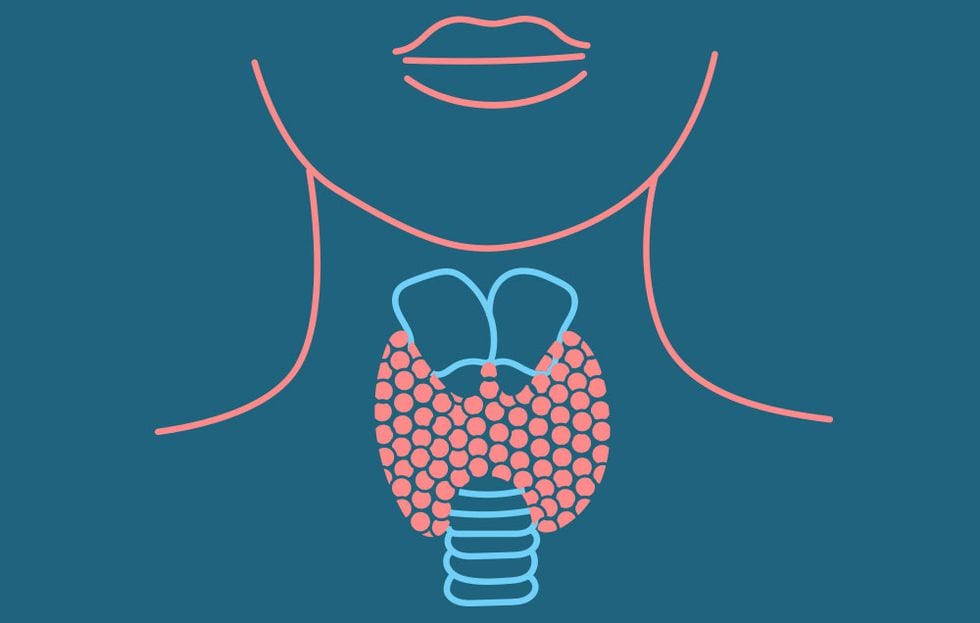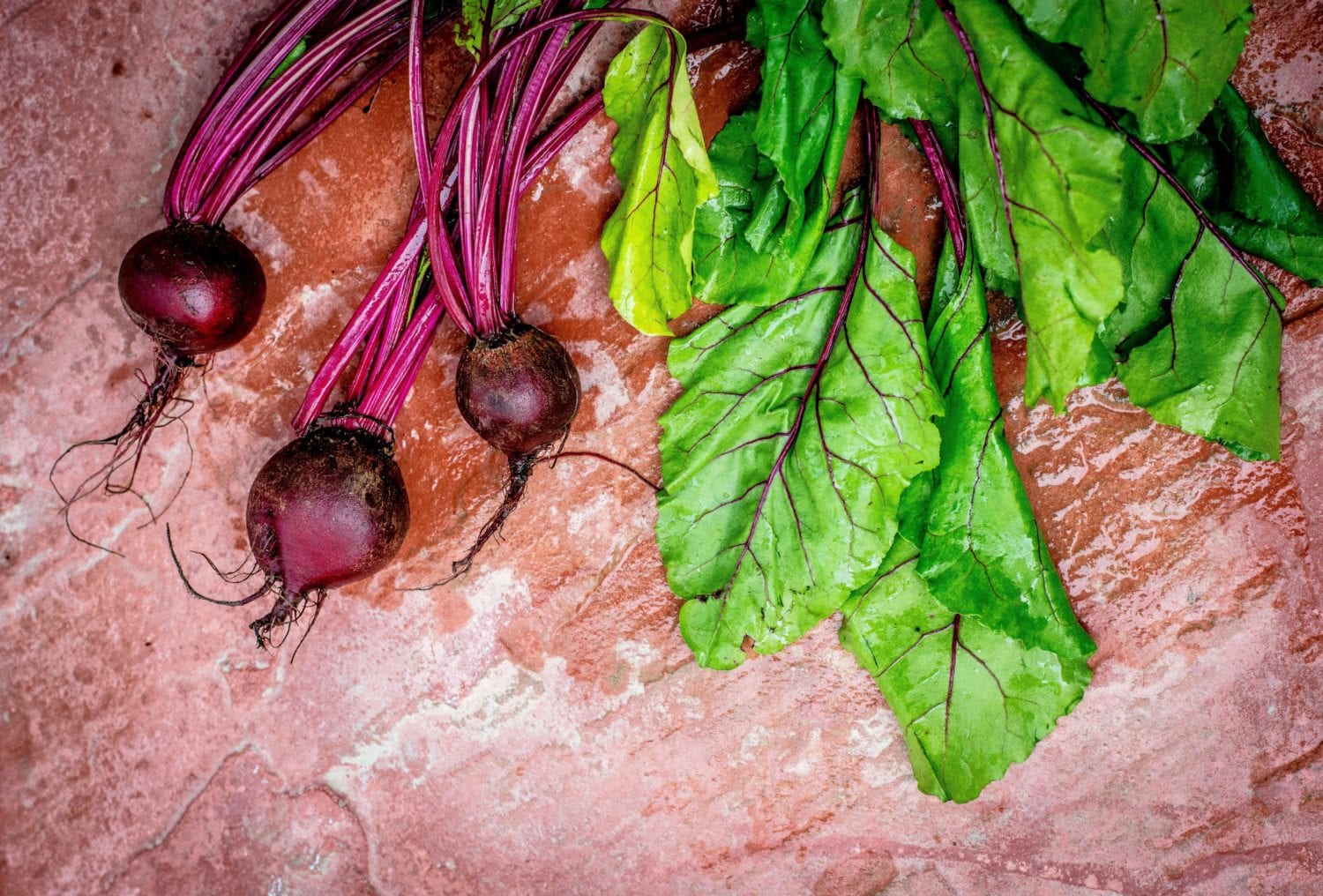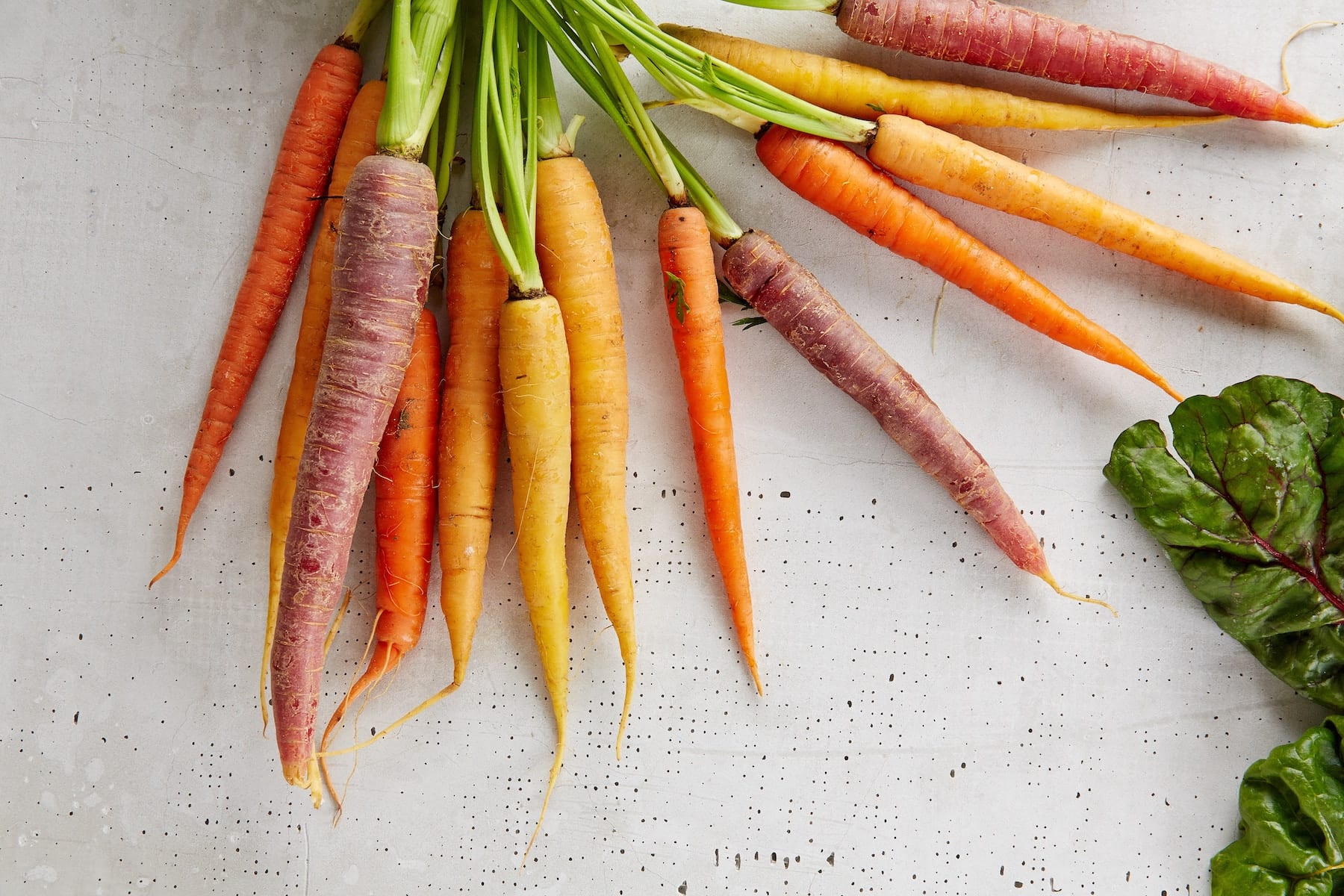80/20 Rule
Maintaining your health during the Christmas/New Year period is no small feat. While there’s nothing wrong with letting your hair down this silly season, keep your Flourish supplements close (especially the organic turmeric powder, beetroot powder, and chicory root prebiotic blend), and take part in a liver cleanse (using our 21 Day Cleanse) afterwards if you plan on splurging.
I am often asked by my patients if they need to be plant-based 100% of the time. My answer is usually long and drawn out, but the crux of it is, only if you want to stay well.
However, at Christmas/holiday time, if you wish to consume all the festive fare, then adopt an 80/20 rule. Make 80% of your plate plant-based and 20% whatever you fancy.
Many then do this, only to feel terrible the next day, or they become bloated within hours of eating all those ‘yummy’ naughty foods that they haven’t had for many months. Many people find that the symptoms of their health condition will reappear; this will depend upon how long you are ‘naughty’.
Our gut microbiome can change within a twenty-four hour time period, hence why feeling bad again, can happen so quickly.
After years of eating a plant-based regime, I now can’t face the usual Christmas traditional food, I know how I am going to react and feel, so it is an easy choice. This year I am spending time experimenting with a fabulous main meal for Christmas day, and I will share the recipe once it is perfect.
Most of my patients’ need to find out for themselves, so I usually say knock yourself out on Christmas day, let your hair down, only to be emailed with a ‘HELP’ request the day or week later.
Natural Detox
So what if you do let yourself go, how do you recover?
The best way –
(1) Keep taking the flourish products throughout the festive season, especially the daily detox beetroot powder. If you do have a bloated moment, a teaspoon of the prebiotic blend with a little turmeric blend and that horrible feeling will go away, usually within 30 – 40 minutes.
(2) Recover using the 21 day cleanse which is up on our website. Or at least the first 7 days. You will need at least the 7 days, to get things back to normal and feel like your healthy self once more, but again this will depend upon how long you have been celebrating. The full 21 days will give you a much better and more complete outcome, and this is what I always recommend.
Wishing you all a very happy festive/holiday season.


